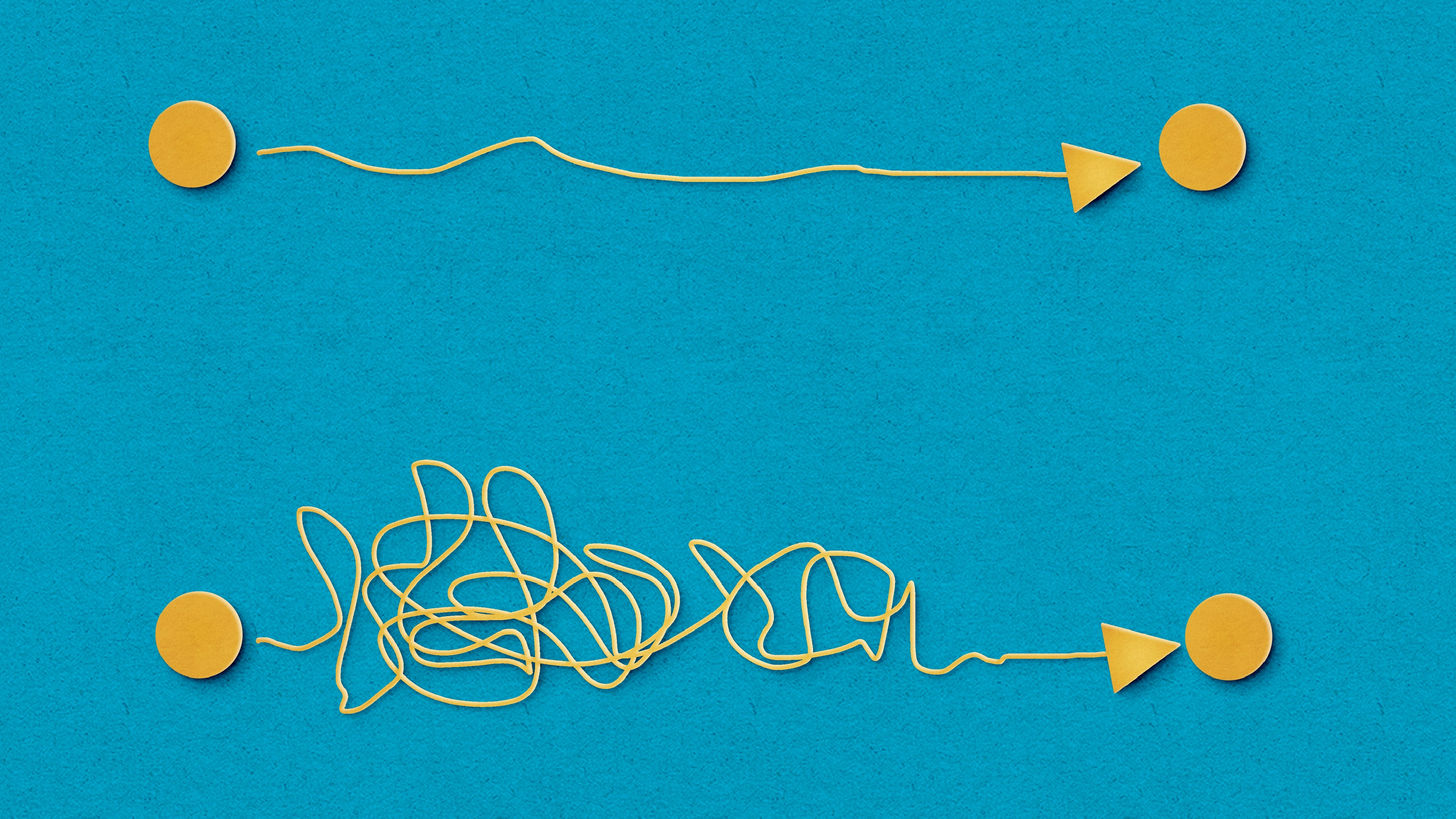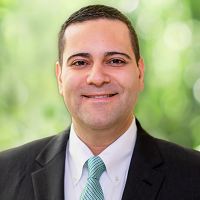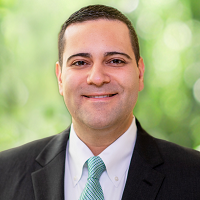Donating Complex Assets Doesn't Have to Be Complicated
If you're looking to donate less-conventional assets but don't know where to start, this charity executive has answers, such as considering a donor-advised fund (DAF) for its tax benefits and ease of use.


An insightful philanthropic plan and tax strategy takes into account the full breadth of a donor’s portfolio, including all non-cash and complex assets. With a thoughtful approach, these types of assets can be used to maximize charitable impact while minimizing tax liability.
Many portfolios contain less conventional forms of non-cash assets beyond marketable securities such as stocks, bonds and mutual funds. These are known as complex or illiquid assets and can include investments such as a partnership stake in a private company, a hedge fund interest or a real estate holding.
There are even less conventional sources, such as intellectual property or a painting by a famous artist.
From just $107.88 $24.99 for Kiplinger Personal Finance
Become a smarter, better informed investor. Subscribe from just $107.88 $24.99, plus get up to 4 Special Issues

Sign up for Kiplinger’s Free Newsletters
Profit and prosper with the best of expert advice on investing, taxes, retirement, personal finance and more - straight to your e-mail.
Profit and prosper with the best of expert advice - straight to your e-mail.
Unfortunately, most charities cannot directly accept illiquid assets (such as private company shares) and require a conversion of the asset into cash. However, liquidating an asset before donation negates a portion of the potential tax benefit to the donor.
The Kiplinger Building Wealth program handpicks financial advisers and business owners from around the world to share retirement, estate planning and tax strategies to preserve and grow your wealth. These experts, who never pay for inclusion on the site, include professional wealth managers, fiduciary financial planners, CPAs and lawyers. Most of them have certifications including CFP®, ChFC®, IAR, AIF®, CDFA® and more, and their stellar records can be checked through the SEC or FINRA.
When a donor contributes an asset directly to a 501(c)(3) public charity, in addition to qualifying for a charitable tax deduction, they also avoid capital gains tax on the sale of the asset.
Fortunately, a donor-advised fund (DAF) with the expertise and scale to support complex liquidation can receive the asset, substantiate it and then liquidate it for granting to another charity.
There are several benefits to contributing complex assets into a DAF:
- Lessen capital gains on highly appreciated assets
- Rebalance your portfolio in a tax-efficient way
- Receive a tax deduction based on the asset's appraised valuation
- Simplify the paperwork and administrative tasks that go along with complex asset donations
An example of what a DAF can do
Here’s a hypothetical example comparing liquidating assets and donating the proceeds to charity vs contributing the assets directly to a DAF for charitable giving.
Let’s say an individual owns shares of a private company worth $10 million with a cost basis of $1.5 million. In this scenario, if the individual liquidated the assets, they would likely owe more than $2 million in capital gains taxes. (This scenario was calculated by multiplying the capital gains of $8.5 million by the long-term capital gains tax rate of 23.8%.)
Alternatively, by contributing directly to a DAF, the donor would pay nothing in capital gains, in most cases.
Considering the financial impact, independently liquidating the assets and paying capital gains would reduce the charitable deduction to about $8 million, whereas using a DAF would allow for the full $10 million charitable deduction.
How to donate complex assets with a DAF
Contributing marketable securities and other traditional non-cash assets into a DAF is a relatively straightforward process. Stocks or bonds, for example, are valued at the average of the high and low selling prices on the date of contribution multiplied by the number of units donated.
Contributing complex assets is a bit more individualized depending on the asset. In most instances, the DAF sponsor —such as Vanguard Charitable, where I am the chief financial officer — plays an active role, ensuring dollars are quickly and appropriately liquidated and available for grantmaking.
Looking for expert tips to grow and preserve your wealth? Sign up for Building Wealth, our free, twice-weekly newsletter.
Once contributed and liquidated by the DAF sponsor, donors can then recommend grants to public charities they wish to support.
Funds in the DAF are fully committed and available for grantmaking and, since they are invested in the market, will continue to grow over time, further extending philanthropic impact.
How it would work
For example, take an individual with a limited partnership in a private company interested in liquidating this asset for charitable giving. Vanguard Charitable would work with the donor to begin the process and conduct due diligence before transferring ownership to the DAF sponsor, allowing the donor to receive a tax deduction.
As part of its process, Vanguard Charitable would develop a timeline to liquidate the asset at the earliest opportunity. The donor could then recommend grants to qualified charities that align with their philanthropic goals.
In any scenario, donors should consult with their tax adviser to ensure the right strategy is in place.
Find the right partner to navigate complex assets and charitable giving
Different complex asset types may have different contribution requirements and terms, due to market size, timeframes for liquidation and costs incurred by the recipient organization.
The right DAF partner can help navigate the nuances of contributing illiquid assets and incorporate all considerations into an effective giving strategy.
Complex assets are already a part of many financial portfolios, making them the perfect addition to an investor’s philanthropic plan.
A DAF allows donors to assess their entire portfolio for charitable giving opportunities and minimize the tax impact of giving, ensuring more of their money goes toward charitable giving.
Related Content
- What Can a Donor-Advised Fund Do for You? (A Lot)
- How High Interest Rates Enhance a Type of Charitable Trust
- Kids Not Ready for Their Inheritance? Consider a Private Foundation
- Developing a Charitable Giving Strategy: Where to Begin
- How to Give an Inheritance While You're Alive
Profit and prosper with the best of Kiplinger's advice on investing, taxes, retirement, personal finance and much more. Delivered daily. Enter your email in the box and click Sign Me Up.

Mark Froehlich joined Vanguard Charitable, a 501(c)(3) public charity sponsoring donor-advised funds, as chief financial officer in 2019. As a certified public accountant, he works to oversee the nonprofit’s finance and operations functions. An experienced financial leader, Mark has always maintained a strong connection to the nonprofit sphere. Most recently, he was the chief financial officer at the Philadelphia Foundation.
-
 The 'Scrooge' Strategy: How to Turn Your Old Junk Into a Tax Deduction
The 'Scrooge' Strategy: How to Turn Your Old Junk Into a Tax DeductionTax Deductions We break down the IRS rules for non-cash charitable contributions. Plus, here's a handy checklist before you donate to charity this year.
-
 IRS Says You Made a Tax Return Mistake? A New Law Could Help You Fight Back
IRS Says You Made a Tax Return Mistake? A New Law Could Help You Fight BackTax Law Updated taxpayer protections change what the IRS must explain on error notices and how long you have to respond.
-
 What to expect from the global economy in 2026
What to expect from the global economy in 2026The Kiplinger Letter Economic growth across the globe will be highly uneven, with some major economies accelerating while others hit the brakes.
-
 What You Need to Do With Your 401(k) Before 2025 Is Over
What You Need to Do With Your 401(k) Before 2025 Is OverBefore 2025 ends, check your 401(k) contributions, investments, and catch-up eligibility to lock in this year’s tax savings and employer match.
-
 I'm a Tax Attorney: These Are the Year-End Tax Moves You Can't Afford to Miss
I'm a Tax Attorney: These Are the Year-End Tax Moves You Can't Afford to MissDon't miss out on this prime time to maximize contributions to your retirement accounts, do Roth conversions and capture investment gains.
-
 I'm an Investment Adviser: This Is the Tax Diversification Strategy You Need for Your Retirement Income
I'm an Investment Adviser: This Is the Tax Diversification Strategy You Need for Your Retirement IncomeSpreading savings across three "tax buckets" — pretax, Roth and taxable — can help give retirees the flexibility to control when and how much taxes they pay.
-
 Dow Rises 497 Points on December Rate Cut: Stock Market Today
Dow Rises 497 Points on December Rate Cut: Stock Market TodayThe basic questions for market participants and policymakers remain the same after a widely expected Fed rate cut.
-
 The Top 22 Gifts for Grandkids from Walmart in 2025
The Top 22 Gifts for Grandkids from Walmart in 2025From PlayStation to Labubu, you'll find the hottest gifts of 2025 for your grandkids at Walmart this year. Some of them are up to 78% off.
-
 I'm Retired With $2.2 Million Saved and Work 2 Retail Shifts a Week for Fun. My Young Colleague Just Got Her Hours Cut. Should I Quit So She Can Have My Shifts?
I'm Retired With $2.2 Million Saved and Work 2 Retail Shifts a Week for Fun. My Young Colleague Just Got Her Hours Cut. Should I Quit So She Can Have My Shifts?Should she quit her job so a struggling young colleague can take her shifts? We asked certified financial planners for advice.
-
 Could an Annuity Be Your Retirement Safety Net? 4 Key Considerations
Could an Annuity Be Your Retirement Safety Net? 4 Key ConsiderationsMore people are considering annuities to achieve tax-deferred growth and guaranteed income, but deciding if they are right for you depends on these key factors.
-
 I'm a Financial Pro: Older Taxpayers Really Won't Want to Miss Out on This Hefty (Temporary) Tax Break
I'm a Financial Pro: Older Taxpayers Really Won't Want to Miss Out on This Hefty (Temporary) Tax BreakIf you're age 65 or older, you can claim a "bonus" tax deduction of up to $6,000 through 2028 that can be stacked on top of other deductions.